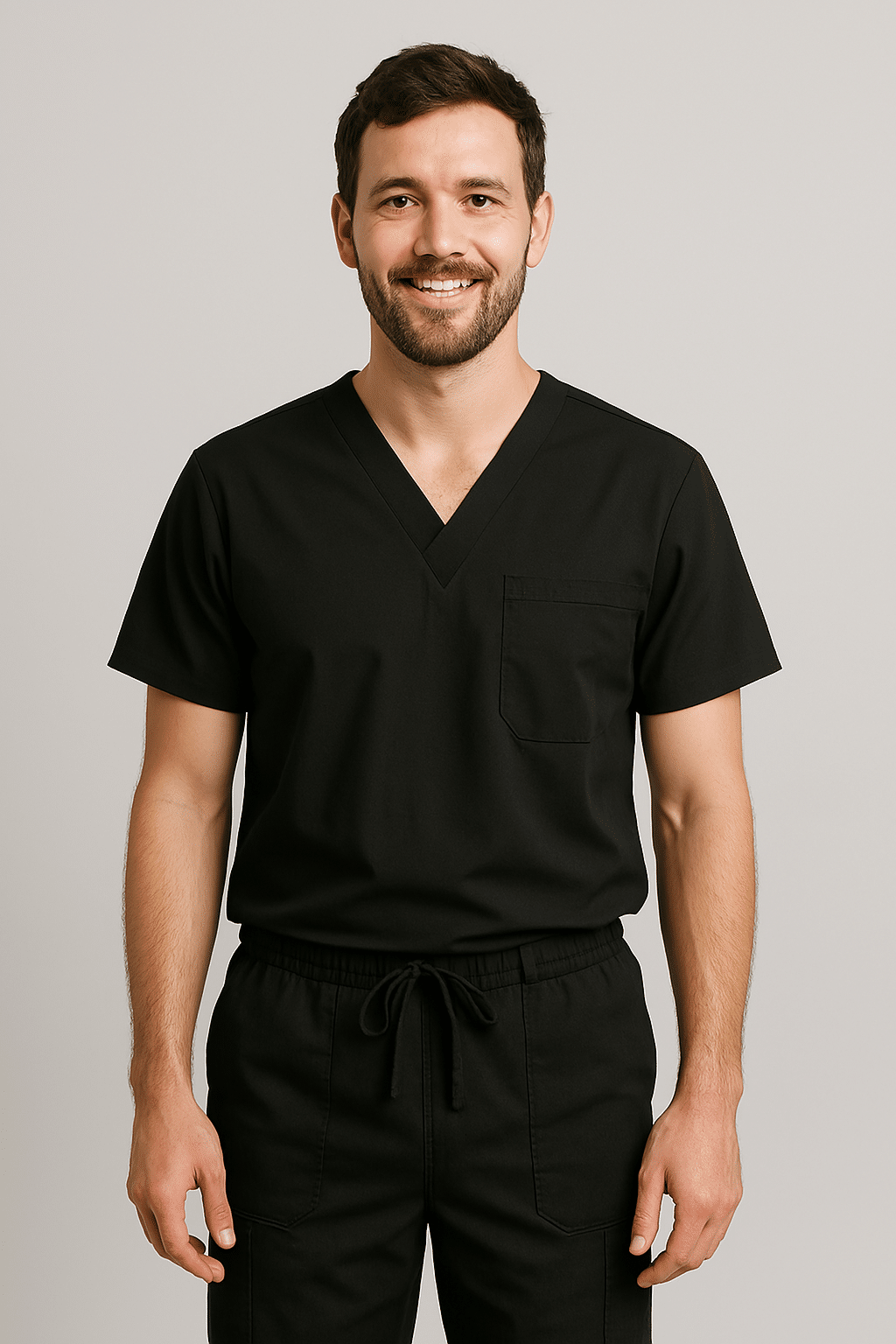Introduction
In today’s fast-paced work environments, ensuring the safety of workers is paramount. Alarmingly, in 2022, a worker died every 96 minutes from a work-related injury, underscoring the persistent dangers present despite advancements in safety measures. One effective measure to enhance worker safety, especially in low-visibility conditions, is the use of high-visibility safety apparel, such as safety jackets and reflective vests. These garments are designed to make workers more visible, thereby reducing the risk of accidents and fatalities.
What is a Safety Jacket?
Definition and Purpose
A safety jacket is a piece of protective gear designed to enhance visibility and protect individuals working in hazardous environments. Whether you’re on a construction site, managing traffic, or working outdoors in low-light conditions, wearing the right Hi-Vis jacket can be the difference between safety and danger.
How Safety Jackets Enhance Visibility
These jackets are made from bright neon colors like yellow, orange, and green, often paired with reflective strips. This design allows them to catch and reflect light, making the wearer visible even in poor lighting. A reflective vest ensures that drivers and machinery operators can see workers from a distance, reducing accident risks.
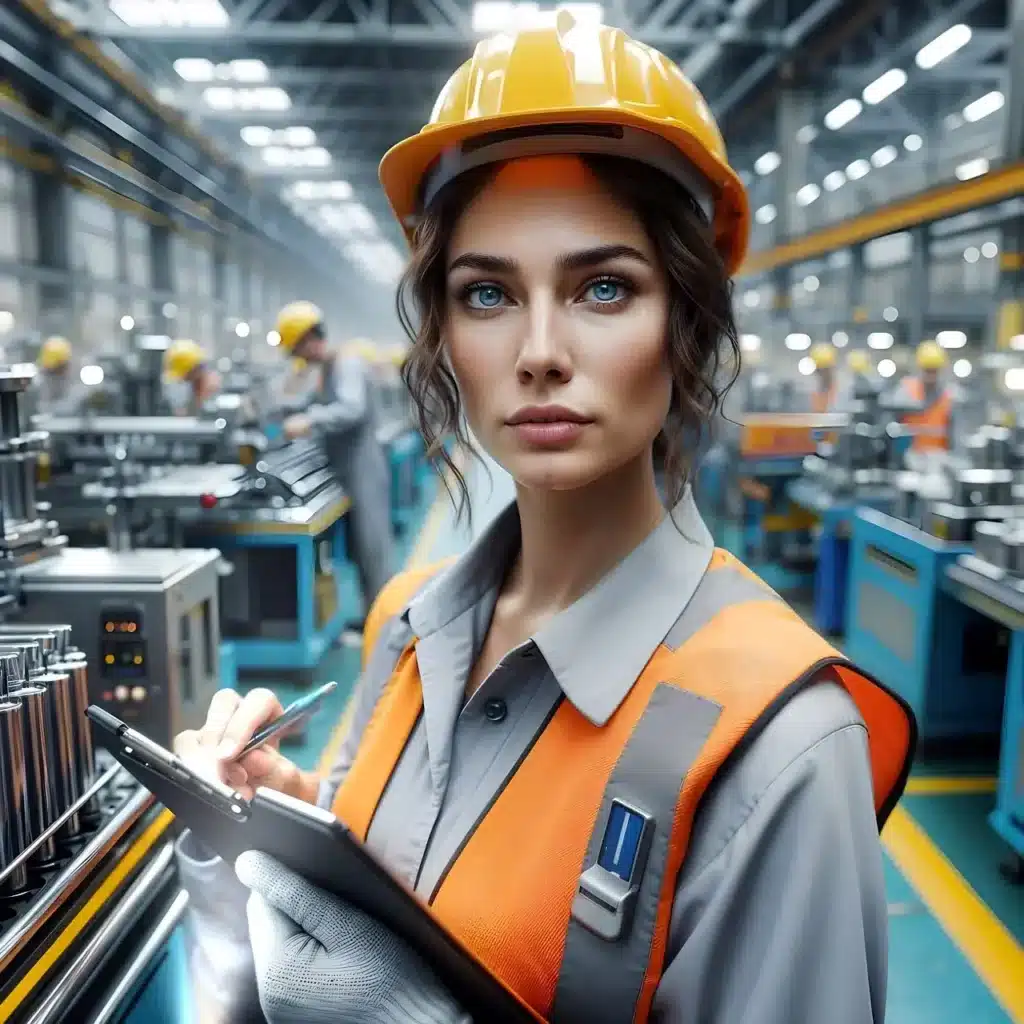
Importance of Safety Jackets
Accident Prevention in High-Risk Environments
A safety jacket is not just about following regulations—it’s about preventing serious accidents. Road workers, emergency responders, and warehouse employees rely on these jackets to stay visible in high-traffic areas or poorly lit conditions.
Compliance with Workplace Safety Regulations
Many organizations require workers to wear uniforms for industries such as reflective or safety vest as part of occupational safety guidelines. In some cases, failing to wear one can lead to fines or job site violations.
Weather Protection and Comfort
Beyond visibility, certain jackets provide insulation against cold weather, waterproofing against rain, and flame resistance for high-risk environments. These specialized features ensure that workers stay comfortable and protected while on the job.
Types of Safety Jackets
Reflective
These jackets have built-in reflective vest strips that bounce light back to their source, making them ideal for low-light conditions. They are commonly used by construction workers, emergency responders, and road crews.
Insulated
Perfect for colder climates, these jackets combine high visibility with added warmth. A safety coverall with insulation is particularly useful for workers exposed to freezing temperatures for extended periods.
Waterproof and Rainproof
Designed to keep workers dry in wet conditions, these safety vest jackets prevent rain from compromising visibility and comfort.
Flame-Resistant
These uniforms are made from materials that can withstand heat and flames, making them essential for workers in the oil, gas, and welding industries.
ANSI/ISEA Classified Jackets
• Class 1: For low-risk areas with minimal traffic.
• Class 2: For environments with moderate traffic and increased accident risks.
• Class 3: For high-risk areas where maximum visibility is crucial.
Key Features to Look for in a Safety Jacket
Material and Durability
A good safety jacket should be made from tough, long-lasting materials like polyester or nylon. Reinforced seams and sturdy zippers improve durability, ensuring the jacket holds up against wear and tear.
Reflective Elements and High-Visibility Colors
The best reflective coats have large, strategically placed reflective strips that enhance visibility from all angles. Bright neon colors make it easier for others to spot the wearer in daylight and at night.
Fit, Comfort, and Mobility
A safety or coverall uniform should fit comfortably without restricting movement. Adjustable cuffs, breathable materials, and lightweight designs help workers stay comfortable during long shifts.
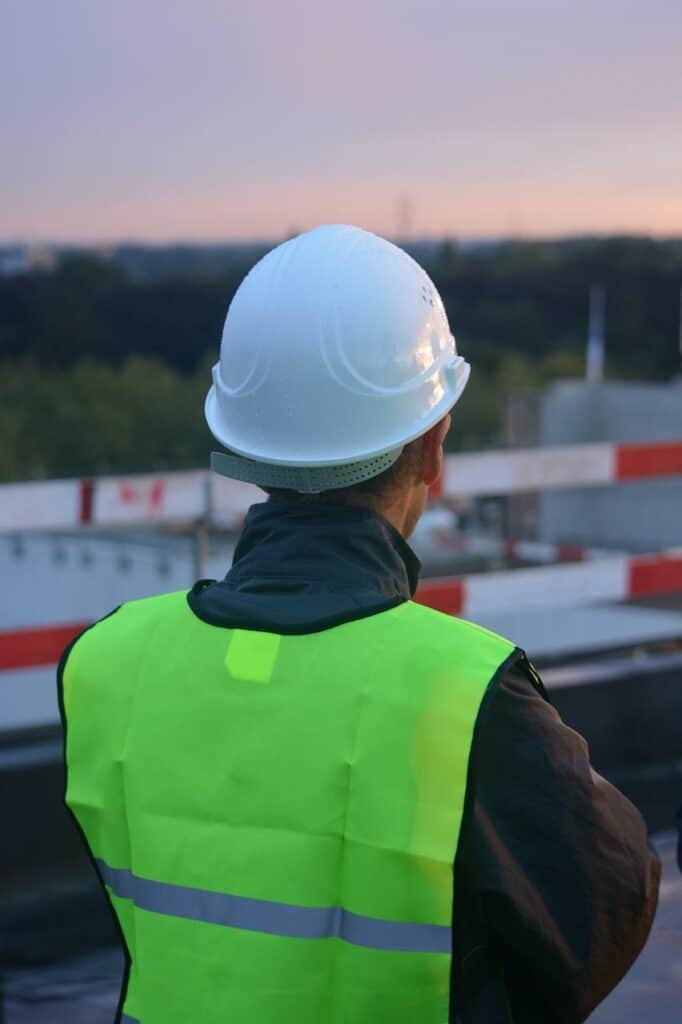
How to Choose the Best Safety Jacket for Your Needs
Work Environment Considerations
Different workplaces require different types of safety wear. Road workers need a reflective vest for high visibility, while warehouse workers might prefer a safety coverall for additional protection.
Weather Adaptability and Protection
If you work in a cold climate, an insulated jacket is ideal. For rainy environments, a waterproof jacket is a better choice.
Budget vs. Quality Considerations
While cost is always a factor, investing in a high-quality reflective jacket ensures better protection and durability in the long run. Cheaper alternatives may wear out quickly, compromising safety.
Maintenance and Care
Cleaning and Washing Guidelines
To maintain the reflective properties of your safety wear, avoid using harsh detergents or fabric softeners. Follow the manufacturer’s washing instructions for the best results.
Read our guide: Steps to choosing the best uniform manufacturer
Storage Best Practices
Store your reflective wear in a cool, dry place. Avoid prolonged exposure to direct sunlight, which can fade the fabric and reduce its effectiveness.
Signs That It’s Time to Replace Your Safety wear
• Faded neon colors that reduce visibility.
• Peeling or cracked reflective strips.
• Tears or damage to the fabric that compromise durability.
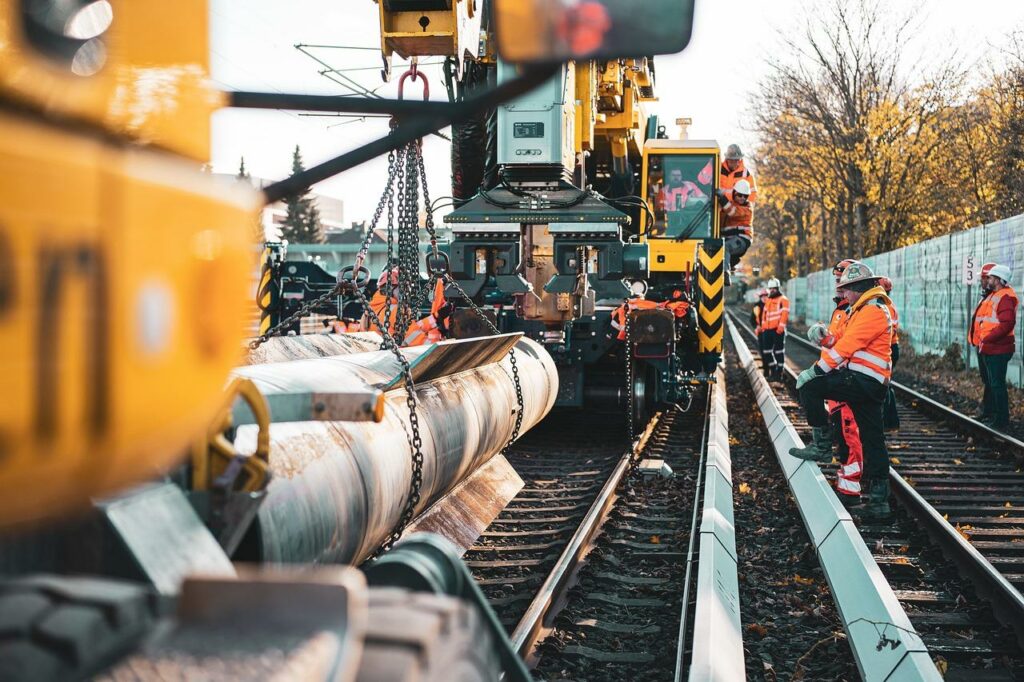
Innovations and Future Trends
Smart Safety Jackets with Tracking and Communication Systems
These newer jackets come with GPS tracking and built-in communication devices, making them ideal for high-risk workplaces.
Advancements in reflective jacket technology have led to more durable, lightweight materials that improve comfort and longevity.
Enhanced Reflective Technology and Materials
Eco-Friendly and Sustainable Jackets
Uniform manufacturers in UAE are now producing safety coveralls and uniforms made from recycled materials, reducing environmental impact without sacrificing protection.
Conclusion
Investing in the right safety jacket is one of the most effective measures to ensure worker safety in hazardous environments. These high-visibility garments, including Hi-Vis vests and coverall uniforms, serve as a critical layer of protection by increasing visibility, preventing accidents, and maintaining compliance with workplace safety regulations.
The primary function of a safety jacket is to enhance visibility, ensuring that workers are seen by drivers, machinery operators, and colleagues even in low-light conditions. This is achieved through bright, fluorescent colors like neon yellow and orange, combined with strategically placed reflective materials that reflect light back to its source. Whether in road construction, warehouse operations, or emergency response, the visibility provided by these jackets is crucial in reducing the likelihood of workplace accidents.
Beyond visibility, these jackets also provide protection against environmental factors such as extreme weather and hazardous materials. Insulated and waterproof options ensure that workers remain comfortable and protected in challenging conditions. Additionally, reflective jackets that meet ANSI/ISEA standards ensure compliance with industry regulations, reducing liability for employers while keeping employees safe.
However, simply owning a safety jacket is not enough—proper maintenance is essential for long-term effectiveness. Regular cleaning, appropriate storage, and routine inspections help preserve the jacket’s reflective properties and durability. Over time, wear and tear can compromise its performance, so timely replacement is necessary to maintain optimal protection.
Ultimately, prioritizing the use of these jackets in high-risk workplaces is a proactive approach to accident prevention. Employers and workers alike must recognize their importance and ensure they are used consistently. By selecting high-quality, well-maintained vest jackets and reflective jackets, industries can significantly improve workplace safety, prevent injuries, and foster a more secure working environment.
